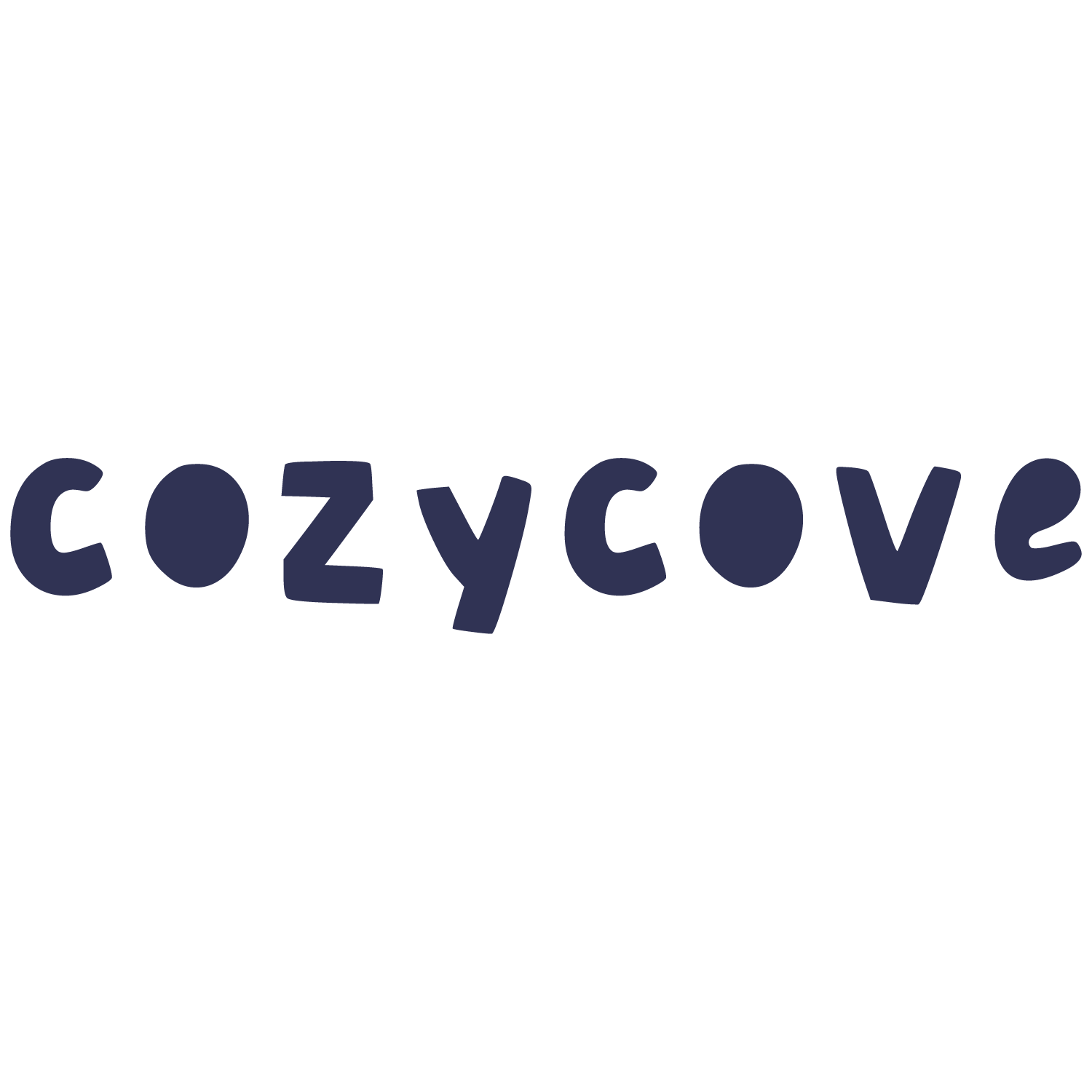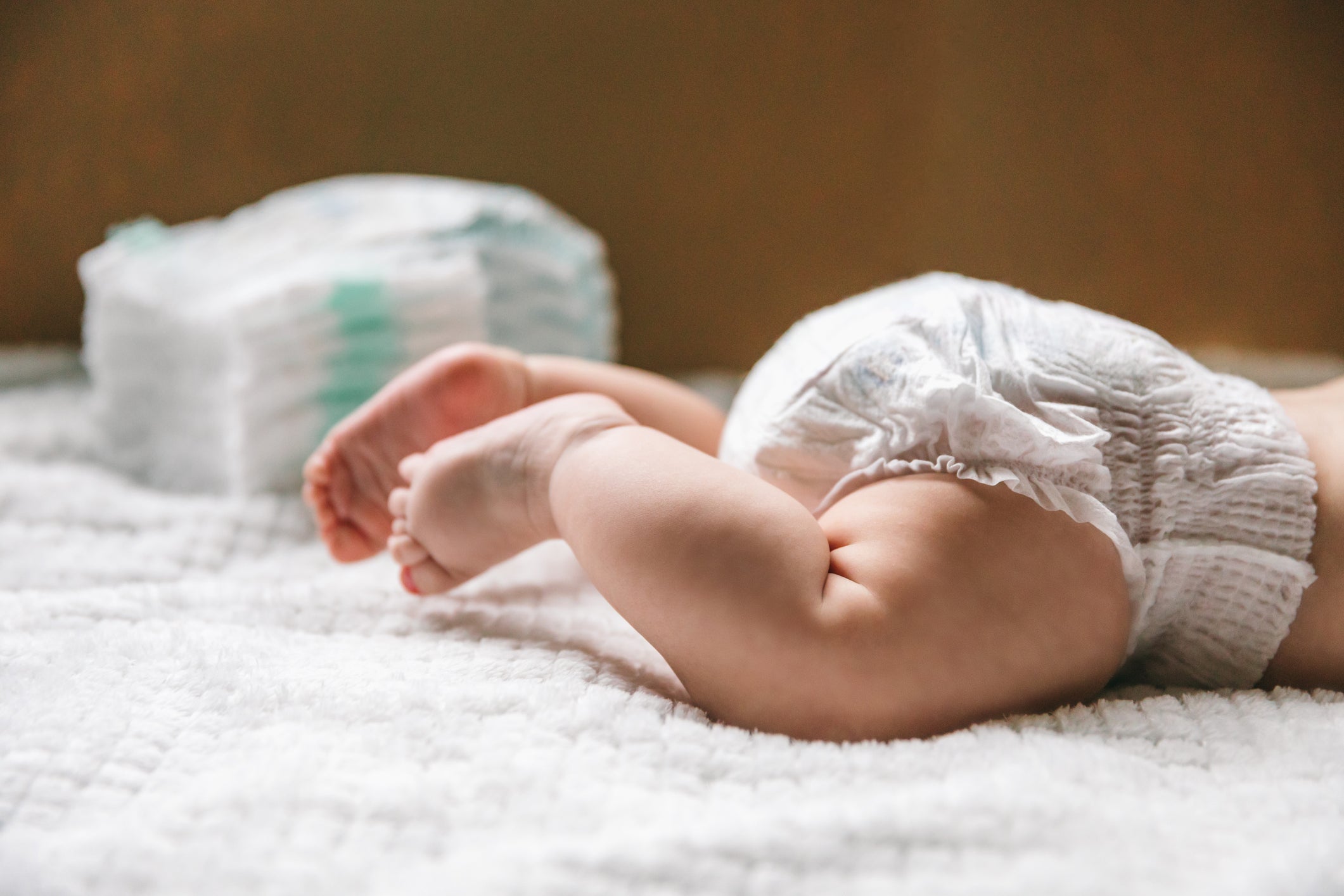acozyfuture.com – Today is Earth Day 2024, a global celebration of environmental movements and a reminder call for all of us to make a united effort for a healthier planet and a cleaner future. Earth Day 2024 reiterates its commitment towards a 60% reduction of plastic production by 2040, and highlights the dangers plastics present to all humanity and to the natural environment.
Today also marks a big shift for us as a brand, in line with Earth Day 2024's call for less plastics, we too now set ourselves a north star and embark on our journey towards a future without diaper waste.
Why Is Diaper Waste a Big Issue Globally and in Singapore?
Globally every minute, 300,000 diapers are thrown away - amounting to almost 100 Olympic-sized swimming pools [1]! Additionally, it takes more than 500 years for diapers to break down in landfills [2].
Hence it is no wonder that diaper waste is a significant contributor to global waste, accounting for nearly 12% of global landfill waste [3]. Furthermore, in many less developed countries, diaper waste are often irresponsibly disposed, often ending up in rivers and waterways.
A recent study found that diaper waste constitutes a staggering 21% of the waste found in waterways across 15 Indonesian cities [4]. The effects of irresponsible disposal of used diapers are multifold to the environment.
Apart from being an eyesore and biological health hazard in landfills, diaper waste thrown in waterways can break into microplastics that seep into every part of our water system. Scientists today have found these microplastics in almost everything, our drinking water, animals, and even blood streams.
Being based in Singapore, we find our situation less perilous but no less concerning. The National Environment Agency (“NEA”) does an extremely good job of managing Singapore’s waste, and most of Singapore’s non-recyclable trash is incinerated with the energy from burning being used to power our homes.
However, wet diaper waste (as most are!) are difficult to incinerate and hence, reduces the efficiency of the power generated by our incineration plants. Additionally, when diapers are burnt, the fumes are highly toxic and need to be treated in multiple layers, presenting a further problem to our incineration plants. Lastly, even when burnt into ash, Semakau, the sole landfill in Singapore, is projected by the government to reach full capacity a decade earlier than its initial estimate of 2045 [5].
All in all, diaper waste is a huge problem not just for developing countries but for developed countries like Singapore. If we maintain this status quo, we will soon find our landfills swarmed and our waterways clogged, all with dirty used wet diapers.
How Can We Solve This Diaper Waste Problem?
In order to solve this diaper waste conundrum, we can only either reduce, reuse or recycle.
While the options to reduce disposable diaper usage are prevalent and readily available - such as reusable diapers, most parents still prefer disposable diapers with over 95% of parents using disposable diapers globally. This is not without good reason.
Disposable diapers are extremely convenient with a throw and forget mentality, with no further washing required and is often more hygienic than other alternatives due to the ease of use. Unless public authorities start to place a diaper tax or waste tax, changing consumer behaviour may perhaps prove to be a higher mountain to climb than diaper waste itself!
Some companies have attempted to create a biodegradable disposable diaper, and the hope is that such diapers are less damaging when left in landfills. However, there are two issues.
First, such diapers sometimes require very specific conditions in order to decompose naturally and such conditions are often found to not be commonly found in landfills or waterways and as such may take just as long as common disposable diapers to decompose.
Second, current technologies are not available yet to make a fully 100% biodegradable disposable diaper and some components will still require non-biodegradable components. In fact, some studies estimate that the best biodegradable diapers available in the market today are only approximately 25% biodegradable.
With regards to recycling diaper waste, most consumers are not aware that disposable diapers are actually mostly recyclable (though not completely recyclable, we estimate that disposable diapers are approximately 90% recyclable, with 10% of the components non recyclable currently).
In fact, diapers can be broken down into paper pulp, plastic pellets and reusable super absorbent polymers. These can be used in the paper industries, furniture, or other industrial manufacturing and production as waste treatment!
However, recycling wet dirty used diapers is a logistical and technological nightmare. Collection of used dirty diapers is difficult, and most used diapers are considered biological hazards, requiring proper and trained collection procedures to prevent contamination and health risks.
Second, disposable diapers are complex with an interwoven structure of various different types of materials, which makes separation of materials technologically complicated. Add the issue about human waste and excrement collected by the used diapers, treating used diapers before separating the useful raw materials is a huge exercise by itself!
However, if such challenges are overcome, we believe that recycling used diapers can present a net zero diaper waste solution, one that does not lead to a growing waste problem.
A Net Zero Diaper Waste Future
Today marks the start of our new vision as we envision a future without diaper waste. We believe that our mission roadmaps are the path that will set the way for a global effort to a net zero diaper future. Starting from our home base in Singapore, we hope that parents will support our efforts to a cleaner, greener Singapore for current and future generations.
Our First Mission: For Every Diaper Purchased, We Recycle a Diaper
Our mission commences in Singapore, where we aim to construct the first post-consumer diaper recycling facility capable of processing over 2900 tonnes of used diapers yearly.
At present, we lack the necessary infrastructure and funds to initiate our diaper recycling operations. Hence the road map entails us raising funds from the sales of our diapers to fund the first initial diaper recycling machine, then constructing and operating it.
Upon successful completion of our first machine, we would have the capacity to recycle up to 2900 tonnes of used diapers a year, equivalent to approximately 4% of Singapore’s yearly diaper waste.
Roadmap
Crowdfunding:
We aim to sell a total of 50,000 cartons of diapers within 6 months to secure funding for the diaper recycling machine.
Construction:
6 months to manufacture and install the diaper recycling machine.
Commission and Commencement:
Commencement to collect diaper waste from industry partners as well as directly from consumers.
Our Second Mission: Develop a 100% Fully Recyclable Diaper
The majority of diapers are not fully recyclable. Cozycove’s goal is to create a 100% fully recyclable high-performance diaper through reiterative innovation and selection of materials.
We hope to push the hygiene industry towards greater recyclability and to focus on recycling technologies that can help achieve a net zero diaper future.
Roadmap
- Replace Carton packaging
- Replace Polyethylene packaging
- Replace Diaper Spandex
Our Third Mission: To Provide Recycling-as-a-Service
Our third mission involves expanding our diaper recycling service directly to consumers. This mission attempts to slowly alter consumer behaviour to incorporate slightly more hassle in exchange for huge socially collective rewards.
Roadmap
Direct From Consumer Collection:
Provide a full-service suite to consumers with store and collect solutions for used diapers
Social Rewards & Vesting:
Work with the Government to build national awareness and social rewards
Showcase & Celebrate:
Work with manufacturers to highlight products made with recycled materials from used diapers.
Our Commitment Towards Transparency
We are a for-profit private company and are NOT an NGO or charity. We believe that we have to incorporate a sustainable model that works on a public-private-people social contract that involves profit-making efficiencies and internalization of externalities that are collectively shared.
Hence our missions are meaningless without the trust that has to be earned from the public. Every month, we will be publishing our progress on each mission collectively on our blog, and socials (Instagram & TikTok), for full transparency on our journey towards our vision.
We Need Your Support To Achieve A Future Without Diaper Waste
As we celebrate Earth Day on April 22, we are reminded of our role in preserving the planet for present and future generations. The issue of diaper waste is a pressing concern worldwide, with significant implications for both landfills and waterways.
The urgency of addressing this problem is evident, especially given that single-use diapers can take around 500 years to decompose.
We need your help to achieve a future without diaper waste and we seek your support to consider our diapers when you make your next diaper-purchasing decision. Share our message with your friends and engage with us to push us, test us, and share with us what more can be done to achieve this vision.
We call on you Singapore to work with us to become a global role model, thought leader, and action champion for a cleaner, greener Earth for generations to come!
Justin Wong
Founder & CEO, Cozycove Diapers
Sources:
[1] Ellen MacArthur Foundation Network. (n.d). A circular economy for Nappies. https://bbia.org.uk/wp-content/uploads/2020/11/A-Circular-Economy-for-Nappies-final-oct-2020.pdf
[2] Lee, H. (2016, September 28). Disposable Diapers Make Up 12% Off Landfill Waste. theAsianparent. https://my.theasianparent.com/disposable-diapers-make-12-landfill-waste
[3] Lee, H. (2016, September 28). Disposable Diapers Make Up 12% Off Landfill Waste. theAsianparent. https://my.theasianparent.com/disposable-diapers-make-12-landfill-waste
[4] Paddison, L. (2021, November 20). Reuse? Compost? Dump? Solving the eco-conundrum of nappies. https://www.theguardian.com/environment/2021/nov/20/disposable-nappies-plastic-waste-diapers
[5] National Environment Agency. (n.d). Semakau Landfill 20th Anniversary. https://www.nea.gov.sg/corporate-functions/resources/publications/books-journals-and-magazines/envision-lite/june-july-2020/semakau-landfill-20th-anniversary




Share:
We're on a Mission to Eliminate Diaper Waste!
What Happens When You Throw Away Used Diapers in Singapore?
2 comments
What an inspiring commitment to align your brand with Earth Day 2024’s call for reducing plastic waste! Taking steps toward a future without diaper waste is an impactful move that not only addresses a critical environmental issue but also sets an example for others in the industry. It’s encouraging to see brands take responsibility and lead the charge for sustainable solutions. For innovative approaches to diaper waste reduction, check out [https://diaperrecycling.technology/](https://diaperrecycling.technology/)—here’s to a cleaner, greener future for all!
Today is Earth Day 2024, a global celebration of environmental movements and a call for collective action towards a healthier planet and a cleaner future. This year’s Earth Day emphasizes a commitment to reducing plastic production by 60% by 2040, underscoring the severe dangers plastics pose to humanity and the natural environment. In alignment with Earth Day 2024’s mission, we are proud to announce a significant shift for our brand. Inspired by this year’s call to action, we are setting our sights on a future without diaper waste. Join us on this transformative journey towards sustainability by visiting [Diaper Recycling Technology](https://diaperrecycling.technology/).